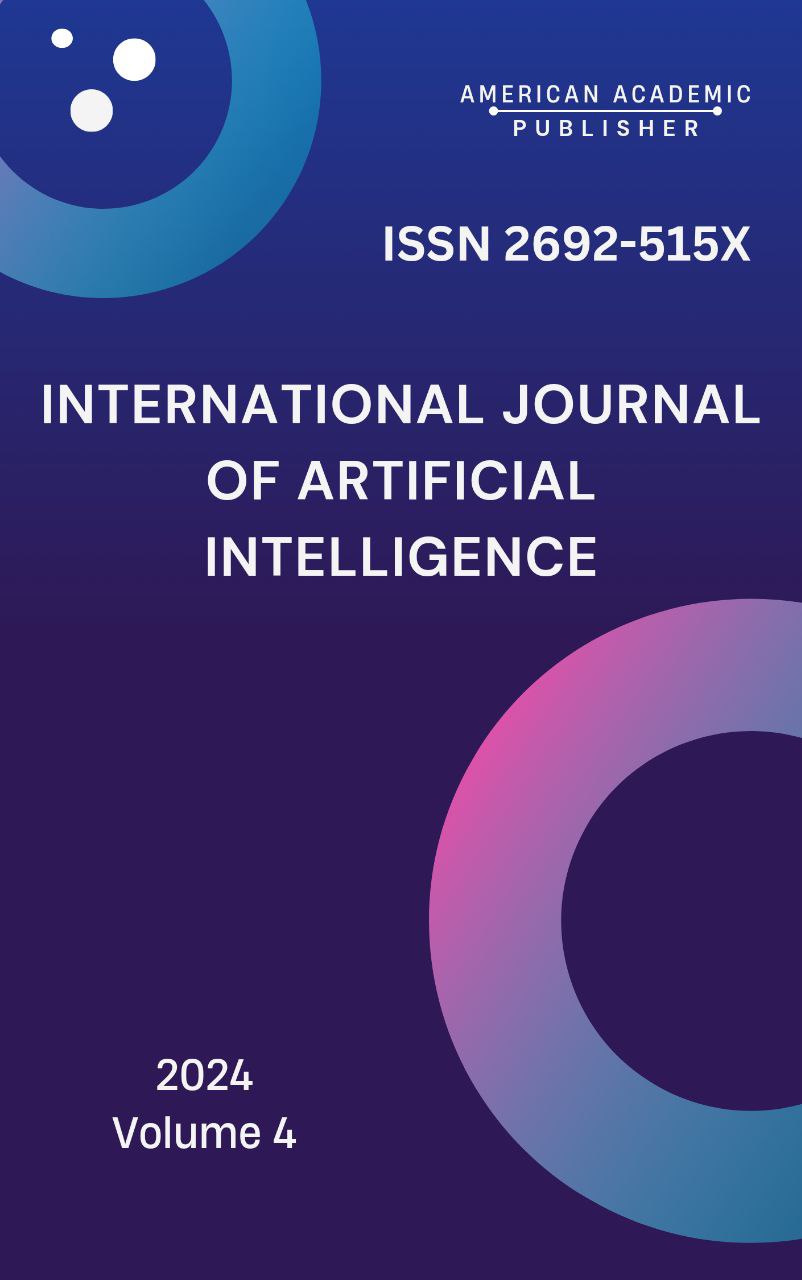 Articles
| Open Access |
Articles
| Open Access | POPULARIZATION OF EFFECTIVE METHODS IN ORGANIZING THE SCIENTIFIC PEDAGOGICAL ACTIVITY OF MASTER'S DEGREE STUDENTS IN PRIMARY EDUCATION
Xaydarova Mahliyo Xabibullayevna , Termez State Pedagogical InstituteAbstract
This article discusses the importance and methods of improving creative approaches in organizing scientific research activities. The need for multidisciplinary collaboration, innovative methodologies and the use of new technologies to increase the effectiveness of research is emphasized. It also emphasizes the importance of taking risks and learning from failures in scientific activities, the importance of teamwork, and the encouragement of creative approaches in creating a scientific environment. The article also discusses the role of global collaboration and intellectual property protection in increasing the effectiveness of scientific research. These approaches not only improve the quality of scientific research, but also help develop innovative solutions, which will lead to advanced results in the field of science and technology.
Keywords
Creative approach, Scientific research, Innovative methodologies, Multidisciplinary collaboration, New ideas, Experiment and failure learning, Technological tools, Artificial intelligence (AI), Big data, Digital technologies, Computer simulations, Global collaboration, Intellectual property protection
References
JENSEN, M. C., & MECKLING, W. H. (1976). THEORY OF THE FIRM: MANAGERIAL BEHAVIOR, AGENCY COSTS, AND OWNERSHIP STRUCTURE. JOURNAL OF FINANCIAL ECONOMICS, 3(4), 305-360.
SHNEIDERMAN, B. (2003). LEONARDO'S LAPTOP: HUMAN NEEDS AND THE NEW COMPUTING TECHNOLOGIES. MIT PRESS.
AMABILE, T. M. (1996). CREATIVITY IN CONTEXT: UPDATE TO THE SOCIAL PSYCHOLOGY OF CREATIVITY. WESTVIEW PRESS.
TUSHMAN, M. L., & O'REILLY, C. A. (1996). AMBIDEXTROUS ORGANIZATIONS: MANAGING EVOLUTIONARY AND REVOLUTIONARY CHANGE. CALIFORNIA MANAGEMENT REVIEW, 38(4), 8-30.
NONAKA, I., & TAKEUCHI, H. (1995). THE KNOWLEDGE-CREATING COMPANY: HOW JAPANESE COMPANIES CREATE THE DYNAMICS OF INNOVATION. OXFORD UNIVERSITY PRESS.
ANDERSON, N., POTOČNIK, K., & ZHOU, J. (2014). INNOVATION AND CREATIVITY IN ORGANIZATIONS: A STATE-OF-THE-SCIENCE REVIEW. JOURNAL OF MANAGEMENT, 40(5), 1297-1333.
RAUDSEPP, M., & YAGÜE, M. (2018). CREATIVITY IN SCIENTIFIC RESEARCH: THE ROLE OF INTERDISCIPLINARY RESEARCH. RESEARCH POLICY, 47(2), 338-352.
FLEMING, L., & MARX, M. (2006). MANAGING CREATIVITY IN THE WORKPLACE: THE ROLE OF INTERDISCIPLINARY COLLABORATION. THE ACADEMY OF MANAGEMENT PERSPECTIVES, 20(4), 47-58.
FLORIDA, R. (2002). THE RISE OF THE CREATIVE CLASS: AND HOW IT'S TRANSFORMING WORK, LEISURE, COMMUNITY, AND EVERYDAY LIFE. BASIC BOOKS.
Article Statistics
Downloads
Copyright License

This work is licensed under a Creative Commons Attribution 4.0 International License.

